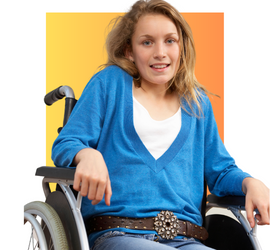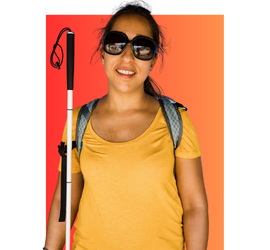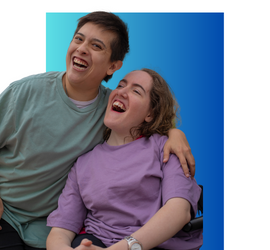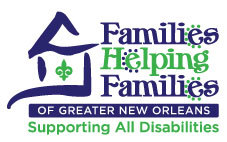Living independently begins with self-determination and self-advocacy. In order to successfully live independently, you first must know what you want and how to get it.



Self-Determination, Here I Come!
Self-determination is the drive to determine our own thoughts, feelings, behaviors, and choices over life events. It includes the internal motivation and self-awareness that encourages us to define personal goals based on our interests, preferences, values, and needs. Life has more meaning for all of us if we can have control over our daily activities.
Self-determination begins at birth. All children need to learn about who they are and how they can act or react to life events in order to become self-determined. Children who are given choices about simple decisions in their lives such as what food to eat, what clothes to wear, and what to do for fun, will also experience consequences for their choices. They learn at a very early age that they do have control and responsibility for their lives.
Self-determination is not an all-or-nothing set of skills. As a youth with disabilities mature, they will probably experience different levels of skill and ability with regard to self-determination. Some may desire control over many life decisions, such as where they want to live, what kind of work they want to do, and what types of activities fulfill their recreational needs. Others may desire more support in order to take responsibility for certain aspects of their lives.
It is important to understand that self-determination is not just a verbal response to choice. Self-determination is also an intrinsic need of human beings. Never assume that a disability is too severe for communication. Even if an individual is non-verbal and not using a communication device, his or her body language, facial expressions, and behaviors will provide messages of choice, satisfaction, and future needs.
Self-determination isn’t meant to be isolating. Individuals with disabilities may continue to seek assistance and support from others. Family members and professionals need to do what they can to provide ongoing support for individuals with disabilities to take risks, build resilience amidst failure, speak assertively, and develop the internal self-determination characteristics and the external self-advocacy community skills needed for success.
Self-Advocacy, Here I Come!
Self-advocacy is the first step in becoming an adult. Youth with disabilities must be provided with as many opportunities as needed to practice self-advocacy skills. A natural place to start practicing self-advocacy in school is at the IEP meeting. After all, the IEP is all about the student, so why shouldn’t you practice advocating for yourself at these meetings?
Self-advocacy is learning how to speak up for yourself, making your own decisions about life, learning how to get information so that you can understand things that are of interest to you, finding out who will support you in your journey, knowing your rights and responsibilities, problem-solving, listening and learning, reach out of others when you need help.
Resources
Updated 8/9/2023
